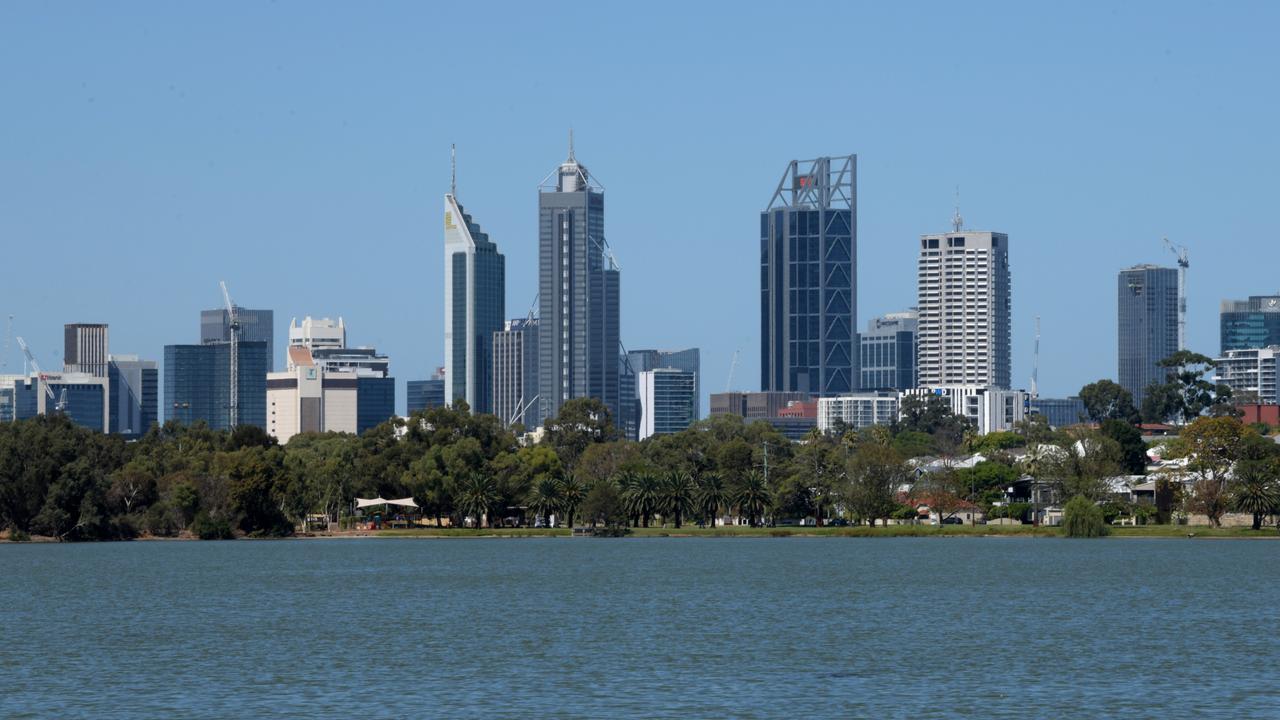Borrowing buffers “protections” causing homeowner pain
The three per cent buffer introduced in the pandemic to protect borrowers from over-borrowing is now stopping them from getting better rates or into the market at all, with some experts calling for its reduction or removal.

It was the “buffer” regulators insisted lenders use to protect those pushing the limits when buying a property in the days of record-low mortgage rates.
But now experts are warning the 3 per cent “serviceability buffer”, put on the top of the then-low mortgage rates to test a borrower’s ability to repay, is hurting struggling homeowners.
Property economists and mortgage brokers say mortgagors are being prevented from refinancing, and wannabe buyers are being limited in what they can borrow because assessments using the buffer are projecting rate rises regarded as highly unlikely.
Analysis by financial comparison site Canstar for The Australian shows a mortgagor with a $500,000 loan on a 6.98 per cent interest rate pays $3320 a month.
If they hoped to refinance at the market’s lowest available rate of 4.94 per cent – taking their monthly repayments to $2666 – they would still be assessed with the buffer, and a monthly repayment of $3648.
Canstar editor-at-large Effie Zahos said most people trying to refinance were being rejected on the worst-case scenario of a further 3 per cent rise in rates when major lenders were predicting the borrowing rate would not increase more than 0.5 per cent.
Ms Zahos told The Australian that she believed a rethink of the buffer was needed, but warned against a return to a time of weaker lending standards pre-banking royal commission.
“The very regulation that was there to protect consumers was actually hurting some consumers,” she said.
“When the rates were rock bottom, it made absolute sense that there should be some guidance for when consumers go get a loan. As we head into these unprecedented times, there needs to be some commonsense approach that lenders’ policies need to take on.”
Introduced during the pandemic and raised as the housing boom reached fever pitch in October 2021, the 3 per cent headroom on a borrower’s loan rate was intended to ensure people didn’t overextend when rates were at a record low.
The market has changed considerably since that time, with Tuesday’s 0.25 per cent rate rise taking rates 4 per cent higher in just over a year.
The Australian Prudential Regulation Authority confirmed in February that it would not be moving the rate in the immediate future.
About 880,000 home loans fixed at the pandemic’s ultra-low rates are set to expire this calendar year, and the Reserve Bank estimates 16 per cent of homeowners are facing “mortgage prison”.
Sydney mother Merelyn Aked and her daughter Emma Sidaway stopped by a unit they might buy in Cremorne, on the city’s lower north shore. Ms Aked said any change would “definitely” help their property search.
“That affects the amount of – the capacity – to service the loan,” she said.
The greater boon to their hunt, however, was the relatively cooler property market, she said.
“We’ve been watching the market, so we’re finding that now the market’s meeting what our borrowing capacity is,” Ms Aked said. “We’re looking seriously now. We’ve been monitoring for six to 12 months.”
AMP chief economist Shane Oliver suggested it might be time to rethink the mechanism but noted rising property rises might make regulators apprehensive.
“Now that interest rates are higher it may make sense for APRA to lower the buffer, maybe back to the pre-October 2021 level of 2.5 per cent,” Dr Oliver said.
“But I suspect APRA is wary because it’s still not clear where the top in rates will be … and APRA may still be worried that the property market is too strong … requiring high debt levels to get in and an element of FOMO (fear of missing out) lately.”
Westpac, three regional lenders and three specialised lenders have revised their serviceability requirements by leveraging their loan book to minimise their exposure to risk. But Yellow Brick Road founder Mark Bouris doesn’t think this will help those unable to get mortgage relief through refinance.
“A lot of people who haven’t refinanced or who need to refinance now probably can’t refinance and it doesn’t matter whether you reduce the buffer or not,” he said.
“There’s a big issue going on, and that’s rates are going up at a faster clip than wages.”
Ray White chief economist Nerida Consibee said the buffer had done its job and that there was scope to reduce or remove it.
“I don’t think it’s really necessary at this point because we are close to peak,” she said.
“People are being assessed on very high mortgage rates at this point and we can clearly see that it is making it very difficult for people to get loans. The number of loans has reduced significantly and the value of loans has also reduced significantly.”
Mr Bouris said the Reserve Bank’s 12th rate rise in 15 months “could be the nail in the coffin” for some borrowers. While some housing forecasts suggest national property prices might reach a new peak in January 2024, others have called a “double-dip downturn” on the likelihood of distressed listing numbers rising.



To join the conversation, please log in. Don't have an account? Register
Join the conversation, you are commenting as Logout